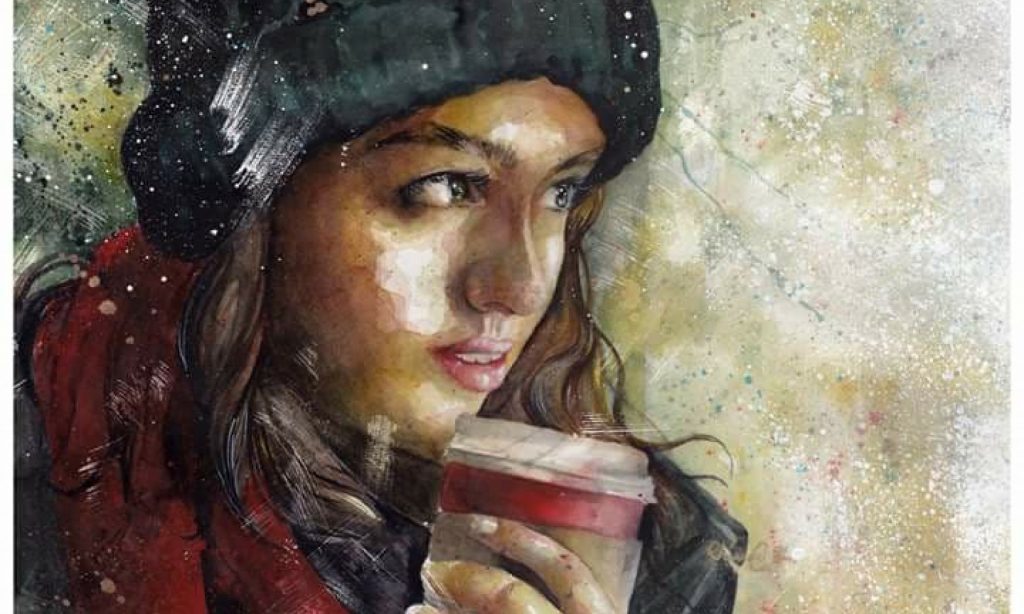When seeing the briefs for this project I was immediately drawn to the Penguin book project due to the fact I felt I didn’t have to be so literal and I would have more free reign to explore. When looking through the 3 book projects I knew straight away I didn’t want to tackle the children’s book as I knew that wouldn’t fit my style. To me both the fiction and non-fiction were of interest to me, however in the end I decided to go for ‘The Uninhabitable Earth: Life after Warming’. Important part of this project was reading the book, but also I believed it was important to have a physical copy, because then I can see it’s size, and how the cover would need to be designed around a spine, and the fiction book was not available to order anywhere for a reasonably fast delivery. Also I also took into the account that The Uninhabitable Earth was about global warming and the impacts of climate change, and this wider topic meant I would have more free-reign to create a more abstract and more me outcome.
One because I am not able to access a print studio at the moment, but also because of the idea of recycling in relation to the topic, I have thought about repurposing old prints of mine from previous projects. At the moment I am looking at using specifically a dry point print from my first year, where I created mental health awareness posters.
These are A2 in size and I have 5 of them, so they would give me a lot of material to play with. As the book gives a sort of apocalyptic view of the future, I thought the texture in these prints would give an interesting approach. My main idea at the moment is to create landscapes with no figures or animals, and specifically looking at seascapes. I am thinking about the emotion behind the imagery I create and the inspiration of Turner and his seascapes and the emotion they bring, I would like to be able to do that with my book cover. Because at the moment I am not able to go anywhere to take photography, I went through my archive of photos from my trip to the most remote parts of the Scottish Highlands 4 and a half years ago.
I thought these images would be of use due the fact they are little untouched by humanity. But also being inspired by the printmaker and landscape artist Norman Ackroyd. Example below of his work. He creates the beautiful and impactful etchings from drawings he produces when on site at many remote and beautiful seascapes around the UK. There is a wonderful documentary on him on Episode 1 of What do Artist’s do all Day? Compared to his work my photographs are quite still, however I think once I have created a collage with the texture and mark making from dry point, I think the movement will show itself.

